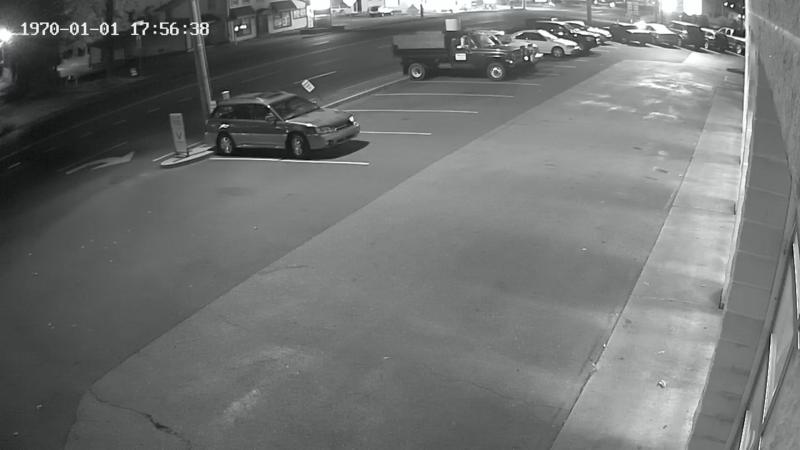IP video surveillance is defined as the transmission of video utilizing open Internet Protocol (IP) and standards for the purpose of recording and monitoring. Video surveillance is an important business tool that allows you to know what is happening in and outside of your business. Deployment of video surveillance at night will allow you to monitor activity in real time, view recorded information and potentially deter a crime from occurring.
Let’s explore the reasons why your business could benefit from night video surveillance and details you need to consider when deploying cameras and choosing a system.
Night Security Camera Surveillance Benefits
- Monitor entrances, parking areas, perimeters including fence lines and gates
- Monitoring locations where supervision is required but personnel may not be available. An example would be an area with door access restrictions.
- Monitoring of equipment and product storage areas
- Deterrence of crime and unauthorized access
- Recorded information may provide valuable evidence or confirmation in the event of a crime or unauthorized access
- Help keep employees safe
- Provide alerts to assist in determining what action to take
Once you have determined the key functions of the platform, next consider the deployment of the IP cameras. Aspects such as lighting, motion detection, placement of the camera, protecting the camera from the elements, and vandal resistance will be critical.
Lighting
It’s possible to view real-time or recorded images in low light or black environments. Cameras need light to record video, so nighttime can be a challenge without the correct illumination. IR light is invisible to the human eye but bright enough for a camera to use. True day/night surveillance cameras are capable of capturing color during the day and black/white images at night. This reduces the noise and enhances the image.
Another solution at night is thermal imaging cameras which function in environments of no light, low light, haze or smoke. Images and alerts are provided based on energy which radiates from an object or person. Thermal imaging cameras work differently than night vision surveillance cameras. Night vision works only at night while thermal imaging functions in both light and dark situations.
Motion Detection
With the use of motion detection or integration of motion sensing equipment, it is possible to send real-time alerts, activate lights, and detect an intruder to determine what action to take.
Schedules allow movement within an area during normal working hours but if movement is sensed outside of normal working hours an alert can be generated sending an email, triggering an alarm, turning on a light for example. In addition, motion activated surveillance saves hard drive space and makes it easier to review recorded footage.
Placement of Camera
Choosing the best location for a camera, avoiding blind spots and ensuring the right quantity of cameras is critical. A trained technical implementation partner will provide recommendations for camera placement and allow you to view the range and area of coverage the camera will provide during installation.
Weatherproof Camera or Enclosure
At night, placement of cameras outdoors requires proper protection from the elements, temperatures, moisture, dust, and debris. The typical operating temperature of a weatherproof camera is 0 – 120 degrees. For extreme temperatures, additional enclosures or cameras that are designed to operate in extreme temperatures should be considered. Enclosures or housings can provide heating and cooling.
Vandal Resistant
Once you have decided to add a camera remember it could become the target of vandals. Placement out of reach can be helpful as well as a vandal resistant, extra strength housing making it highly resistant to impact. Tamper resistant intelligence can provide notification when tampering occurs. Another element of vandal resistance is cable management. Surface mounting, use of conduit or a proper mounting bracket to protect the cabling will prevent tampering.
Monitoring and Review of Recorded Footage
The key benefits of your IP video surveillance system at night are remote monitoring of multiple cameras simultaneously, control PTZ (pan, tilt, zoom) settings, viewing recorded images, and the ability to search archived images. Advancements in technology make it possible to monitor activity and view real-time video from any internet enabled PC or smartphone.
When considering the use of IP video surveillance in your business during the day or at night, it is important to also understand laws and regulations.
Selecting the proper equipment, proper placement, and installation of equipment along with training and support are all key components of a successful video surveillance implementation. To learn more about the benefits of night security cameras for your business please contact the team of experts at Taylored Systems.

